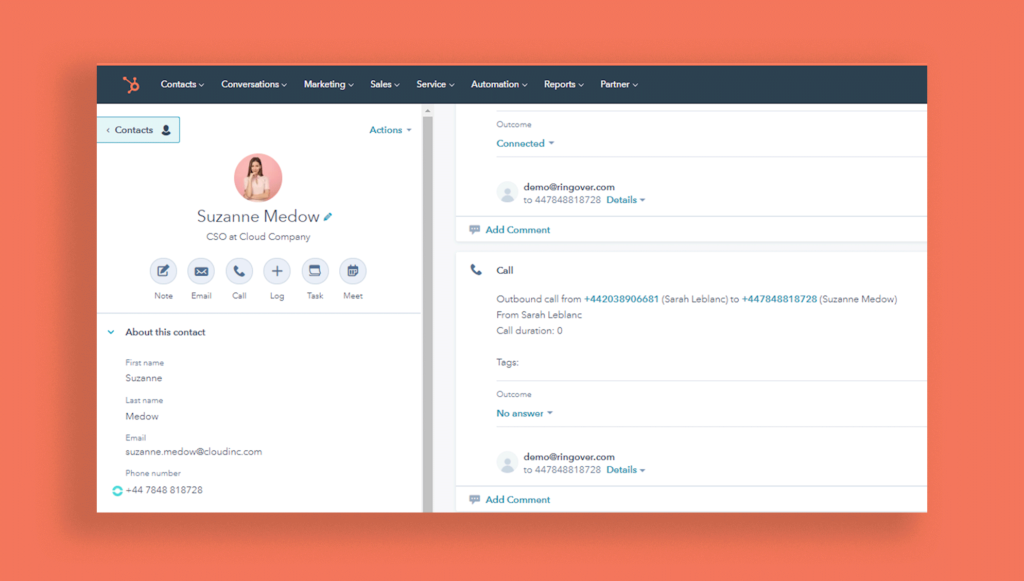
Customer Relationship Management (CRM) software tools are frequently found at the heart of every client-facing operation, and at their best they act as a central hub for everything related to external interactions.
Indeed, users find they get the best return on investment from a CRM by connecting it with as many different data sources as possible, to paint a rich picture of each prospect or client — from their first social media cookie to their after-sales support. This means that any team member can deal with any customer in a confident and informed way, having the entire context at their fingertips.
Until very recently however, a critical category of interaction has been missing from the data set: what happens on a call. Many CRMs have included fields to log call information and data, including free-form notes, but this is over-reliant on manual actions and triggers, and may not mesh with the priorities of a busy and target-driven sales executive who would rather just get the invoice out first…
Customer conversations are the missing link
However, it’s on a call — whether audio or video — that the deepest and most meaningful customer interactions typically take place in 2020. So it’s vital that the data this surfaces gets properly colocated with the emails and comments and ratings and deals associated with the customer, finding its proper place within the history of the interaction.
That’s why RingOver’s CTI integration connects directly with third-party CRM tools, like Salesforce, HubSpot, Pipedrive, Sellsy and more, enabling detailed tracking of every interaction, with searchable recordings for future access. As RingOver’s UK Country Manager, Ginelle Bell, explains,
“the log is created automatically in real time from the RingOver call, and integrated into the contact file.”
And the same functionality is deployed as the customer relationship matures and the user moves on through the sales funnel, with customer support management tools also integrated, such as Zoho and Zendesk. The support exec responding to a query or complaint has the entire sales history one click away, even if the customer has been quietly contented for years.
Power to the dialling
And the integration brings other superpowers to the sales team too, such as the recently launched power dialler — a function which has been in demand from their most active sales clients.
As Bell describes, “the app allows you to pre-load lists of numbers for sales calls, and when you launch the session, it starts the calling the first number, then it’s onto the second number if they don’t pick up — it just keeps going like a machine.” And just like the logging and filing of call recordings, this all takes place on the back end of the user-friendly cloud-phone system, without any manual input required from the user — optimising the proportion of time the sales professional spends actually talking to their customers, instead of dealing with technology or administration.
Because RingOver’s business phone system is entirely cloud-based and flexible, this functionality is entirely scalable and user configurable — enabling businesses to do more with their phone system, thanks to a comprehensive set of developer tools. As Bell concluded,
“…the future will only offer increasingly creative and exciting possibilities for our customers”
Learn more about how RingOver can optimise your CRM with a 14 day free trial.

